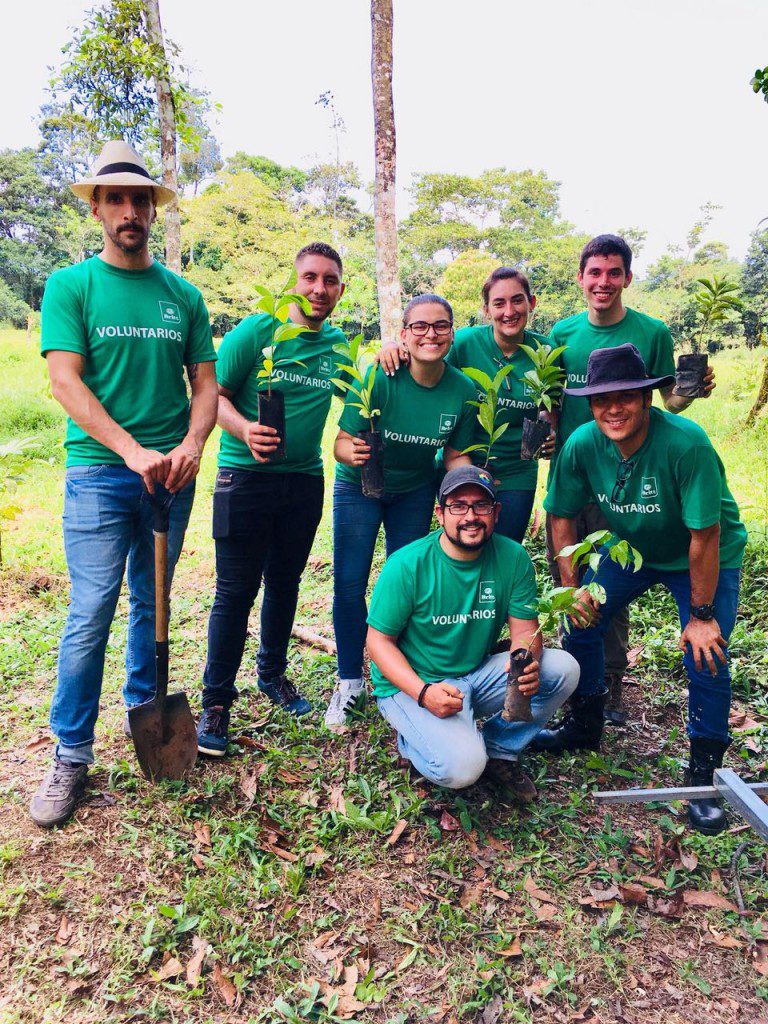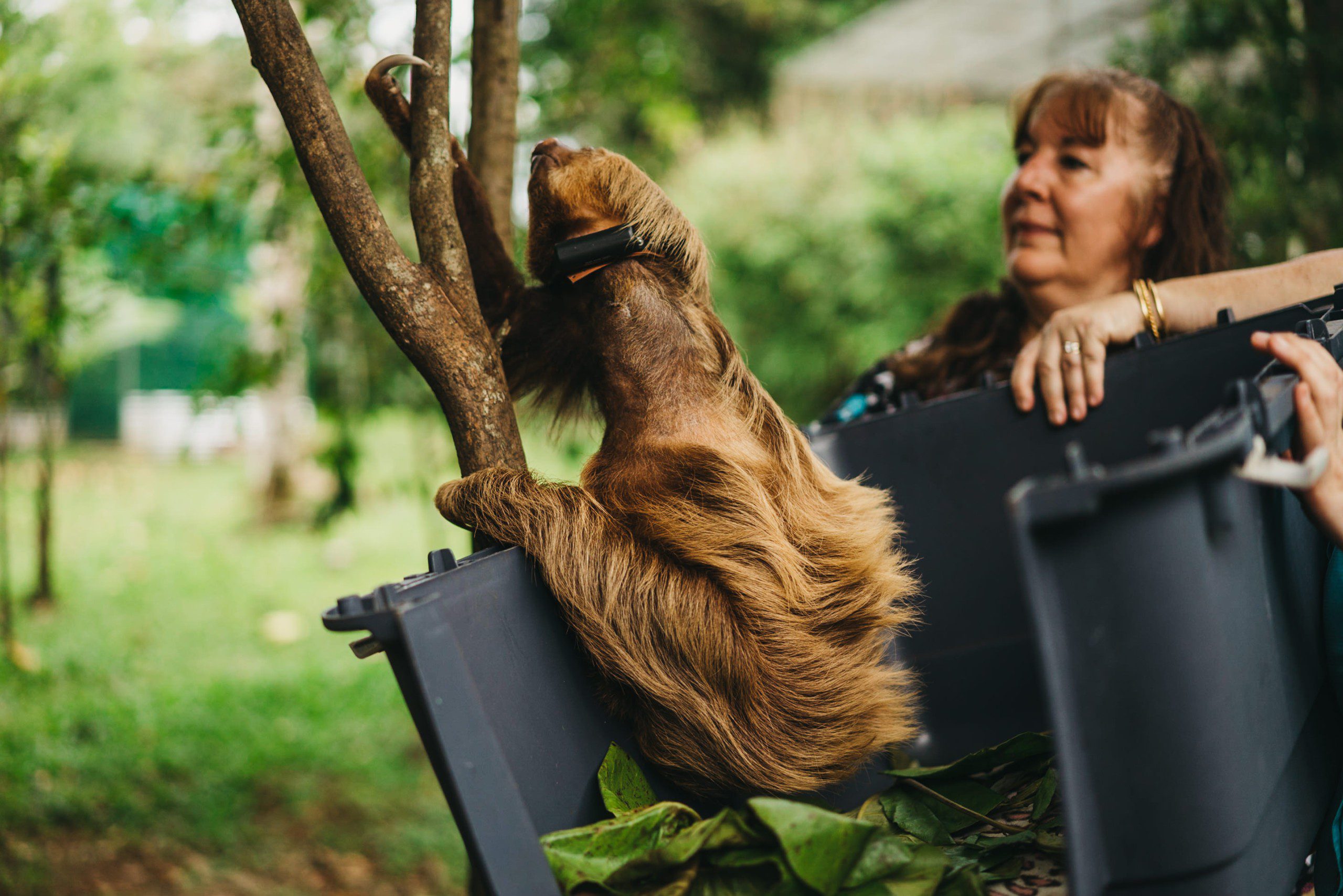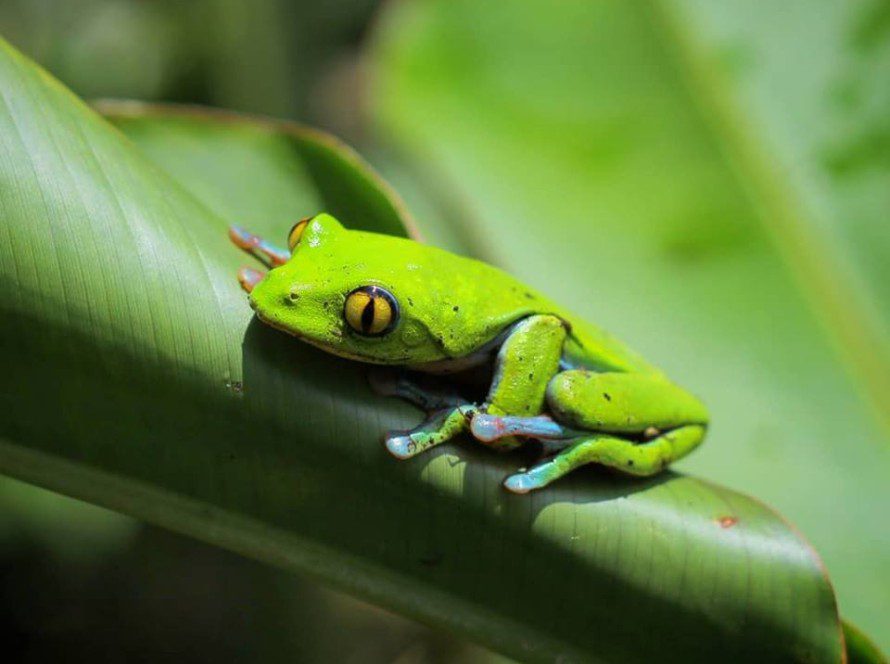Toucan Rescue Ranch Announces Reforestation Project “Bosque de Los Perezosos” with Café Britt
Today, Toucan Rescue Ranch (TRR) announced a reforestation project called “Bosque de Los Perezosos,” with its partner, Café Britt. This project enables Toucan Rescue Ranch’s Release Program to expand by connecting forest canopy that is currently fragmented due to surrounding agricultural development. 1,200 trees varying in species are planned to be planted by Café Britt volunteers throughout 2019.
“Toucan Rescue Ranch is grateful for this incredible opportunity with Café Britt to expand its Release Site rainforest and provide more homes for its released wildlife,” Leslie Howle, Co-Founder at Toucan Rescue Ranch, said.
Positive Environmental Impact
Many animals, such as sloths, have benefited from the extensive wildlife reintroduction efforts by Toucan Rescue Ranch and the Saving Sloths Together Project with The Sloth Institute of Costa Rica. Café Britt has already been a working component to this project by donating tracking equipment that is critical for the post-release research of sloths – thanks to the success of the coffee line Habitat: Sloth blend. In addition, Café Britt, alongside the Costa Rican Institute of Electricity (ICE), have already planted dozens of trees at TRR’s release site property in the Sarapiqui region. The development of “Bosque de Los Perezosos” will enable Toucan Rescue Ranch to continue its release efforts with a healthier and more connected rainforest canopy.
“Bosque de los Perezosos” Breaks Ground

“Bosque de Los Perezosos” is a project driven by the success of Toucan Rescue Ranch’s release efforts and is part of TRR’s commitment to release wildlife back into its natural environment. The “Bosque de Los Perezosos” project will break ground May 9 with 40 Café Britt volunteers ready to plant the first installment of trees.
“Bosque de Los Perezosos” will have a rich variety of species such as Simarpuba Glauca, Sapium gladulosum, Inga Samanensia, Bursera simaruba, Guarumo, Zygia Longifolia, Dipteryx oleifera, Theobroma cacao, Hura crepitans, and ficus colubrinae. First, there will be three passageways planted to connect to a neighboring forest, with additional planting to follow to eventually fill the entire 2-hectare lot with secondary forest.
#ProtectOurSpecies #EarthDay2019 #Reforestation




